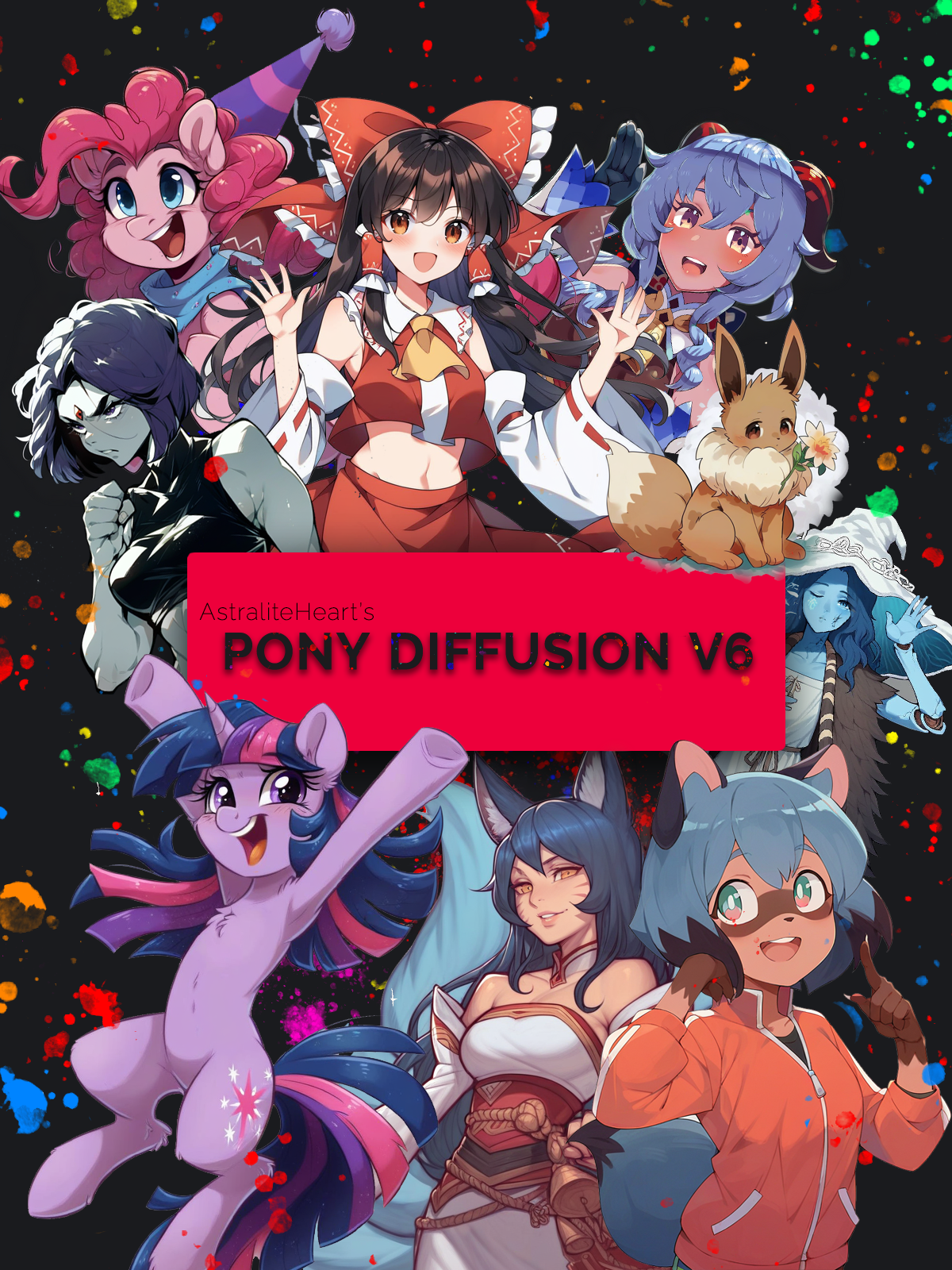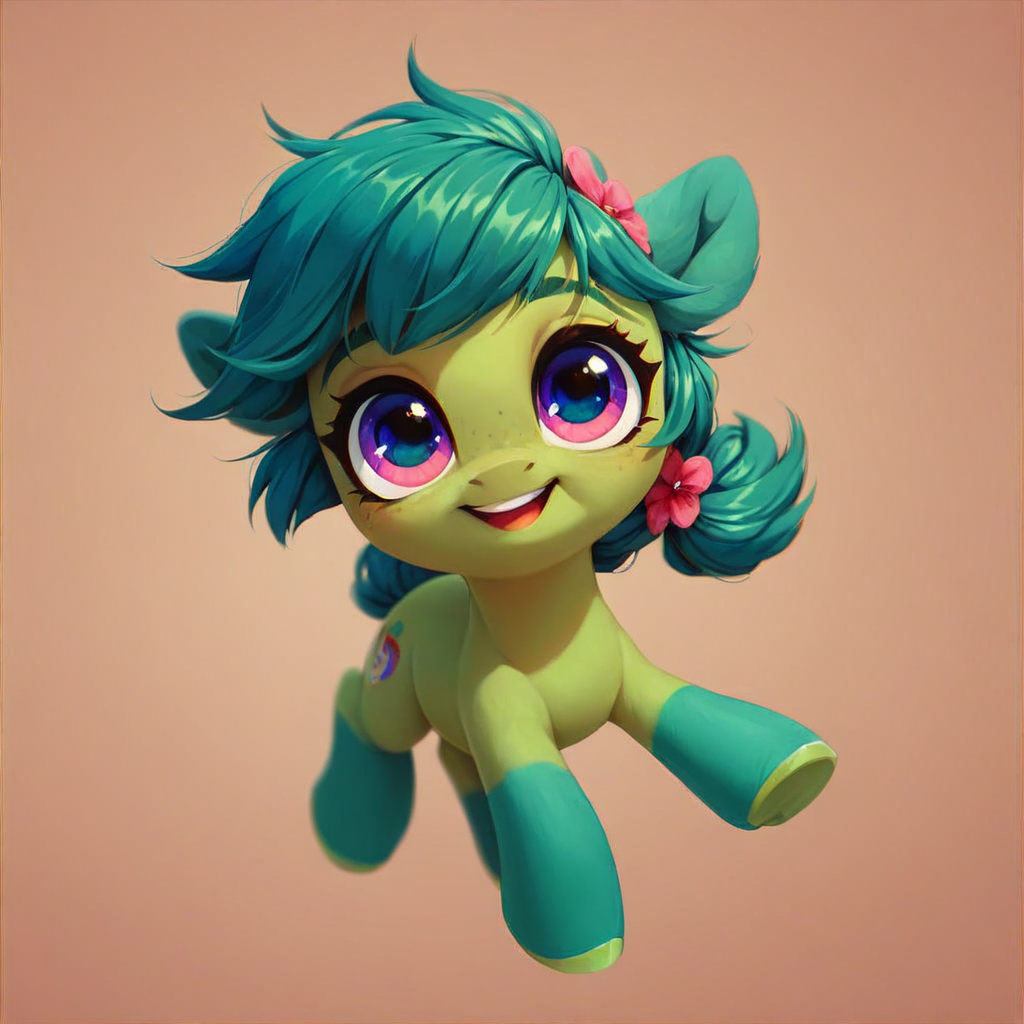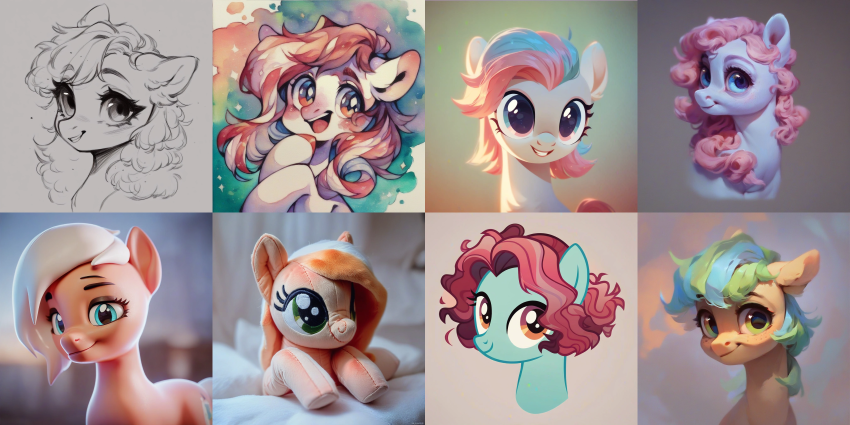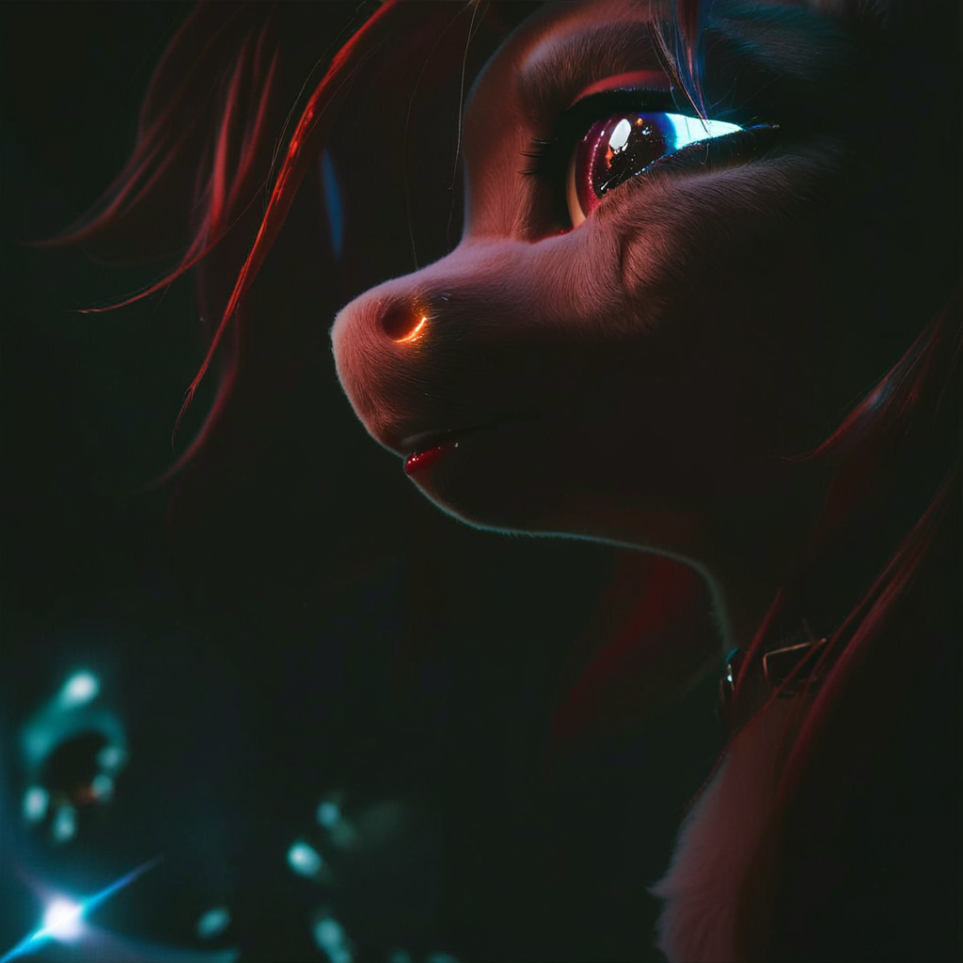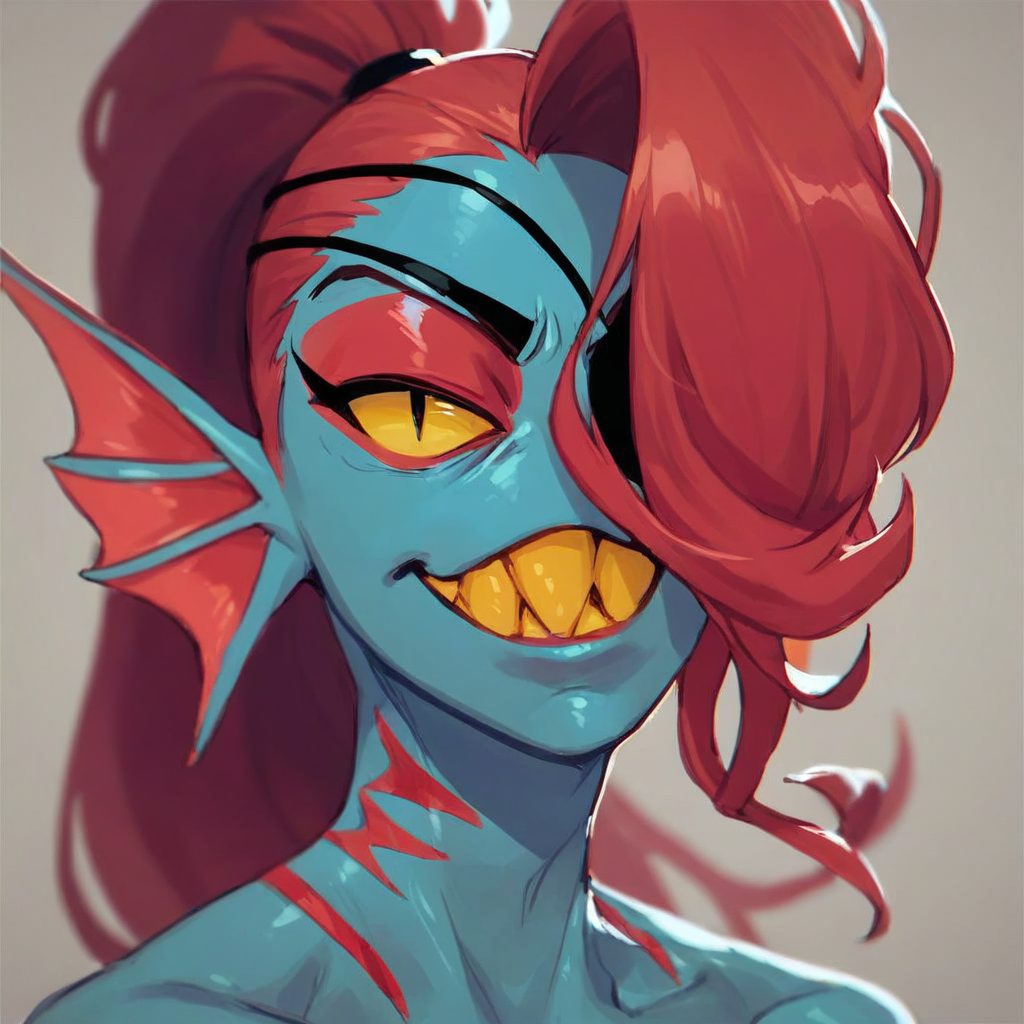
What You Need to Know About Pony Diffusion's Image Quality Tags
VFX Pro ·Artificial intelligence is fast becoming an artist's best tool, helping transform vague concepts into stunning digital art. One such marvel is Pony Diffusion, a model designed to generate captivating images. However, for those not knee-deep in AI jargon, understanding how this magic happens can feel daunting. Let’s take a closer look at how AI learns to make art, the challenges it faces, and what's coming next with Pony Diffusion V7.
Understanding the AI Learning Process
Think of an AI model as a student in a classroom. There are two main phases in its education journey: training and inference. During the training phase, the model learns just like a student learning new subjects. It reviews thousands of image-caption pairs to understand visual concepts from a human perspective. When training concludes, the inference phase begins. Imagine this as the AI sitting for exams, generating new images based on prompts it receives.
The Quest for Quality Images
Generating pleasing images using AI isn't a walk in the park. Computers don’t naturally grasp the concept of what humans find visually appealing; they aren’t great at distinguishing between beauty and mediocrity. This is a known hurdle summed up by the phrase "Garbage In, Garbage Out" (GIGO), meaning if the training data isn't good, neither will be the resulting images. Therefore, the trick is finding the best data for the AI to learn from.
Meet CLIP: AI’s Art Critic
Enter CLIP—an AI model that acts somewhat like an art critic. It helps by pairing images and captions that sync well together. Largely trained on human-generated captions, CLIP is instrumental in teaching AI about common visual elements and stylistic judgments. However, its ability to assess non-photorealistic art, like cartoon characters or magical ponies, leaves room for improvement.
From Data Chaos to Order
To teach machines the difference between "meh" and "wow," a lot of labeled images are needed. This requires not just good images but a diverse gallery including great, mediocre, and not-so-great examples. Data labeling takes into account various styles and qualities and involves human judgment, which can be subjective. The manual process of ranking these images is crucial—think of it as assembling a playlist of hit songs for the AI to learn what makes a tune good.
In past versions like Pony Diffusion V6, the team manually labeled about 20,000 images, ranking them on a scale akin to star ratings we might give movies. However, biases naturally seep in, such as certain characters or even NSFW content getting more attention due to popularity rather than quality.
The Hiccups of Version 6
While the intention behind labeling images with tags like score_9 was to improve quality, a bit of confusion slipped through the cracks. Originally, they planned that using a combination of these tags could request images of varying quality levels. However, the AI started focusing more on the presence of a long score tag rather than understanding the nuances between score stages. It was a case of machine learning taking a clever but unintended shortcut, revealing it had misunderstood the scoring 'language.'
Getting Ready for V7
Looking ahead to Version 7, these learnings provide a roadmap for improvement. The plan involves refining how these quality tags are interpreted and applied to ensure they guide the AI as effectively as possible. The goal is to expect better precision and variety in the images that Pony Diffusion will churn out.
How You Can Use This
For users keen to tap into this AI artistry, understanding these updates makes all the difference. Some platforms might append score tags for you automatically, but on others, you might need to input them manually. Being aware of the predispositions embedded in these tags can help you experiment with style influences more effectively.
Final take: AI is learning fast, and by the time Pony Diffusion V7 is up and running, picture-perfect creations could be just a prompt away. Remember, though, while technology sharpens its sense of art, your creativity remains the guiding force. Use these tools wisely, and enjoy the digital canvases you can create.
Whether you're an artist looking to amplify your toolkit or just a curious mind eager to see how AI evolves, Pony Diffusion V7 is set to break new ground in AI art generation.
Each iteration is a step closer to helping technology understand the elusive, subjective nature of art. As Pony Diffusion continues to refine its craft, artists and hobbyists alike have the opportunity to harness its potential, melding technical advancements with human creativity. So, whether you’re crafting an intricate character or a picturesque landscape, the evolving technology promises to become a trusty companion on your artistic journey. Keep experimenting, stay creative, and watch as AI continues to grow, making the once seemingly impossible, possible.
For more on how AI is transforming the art world and how you can leverage these innovations, stay tuned to our blog for future updates and insights. Happy creating!
